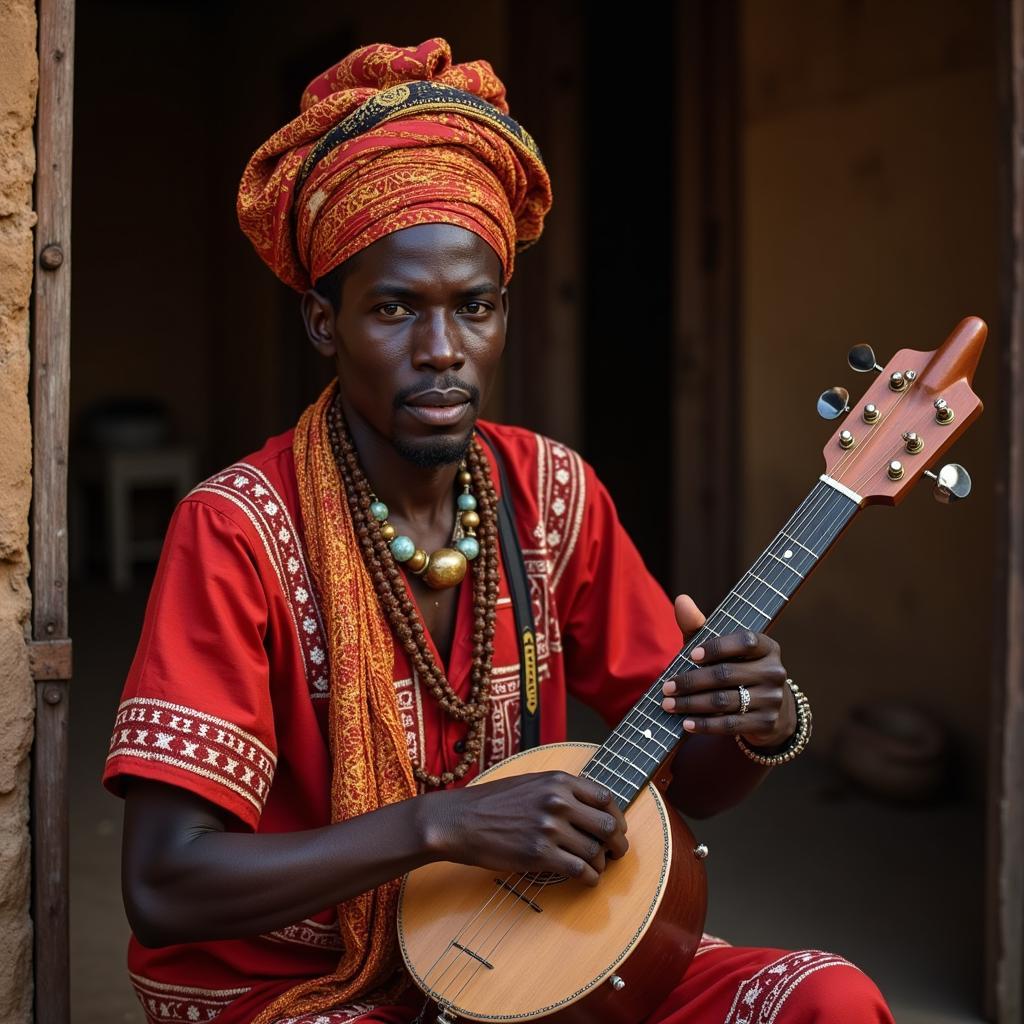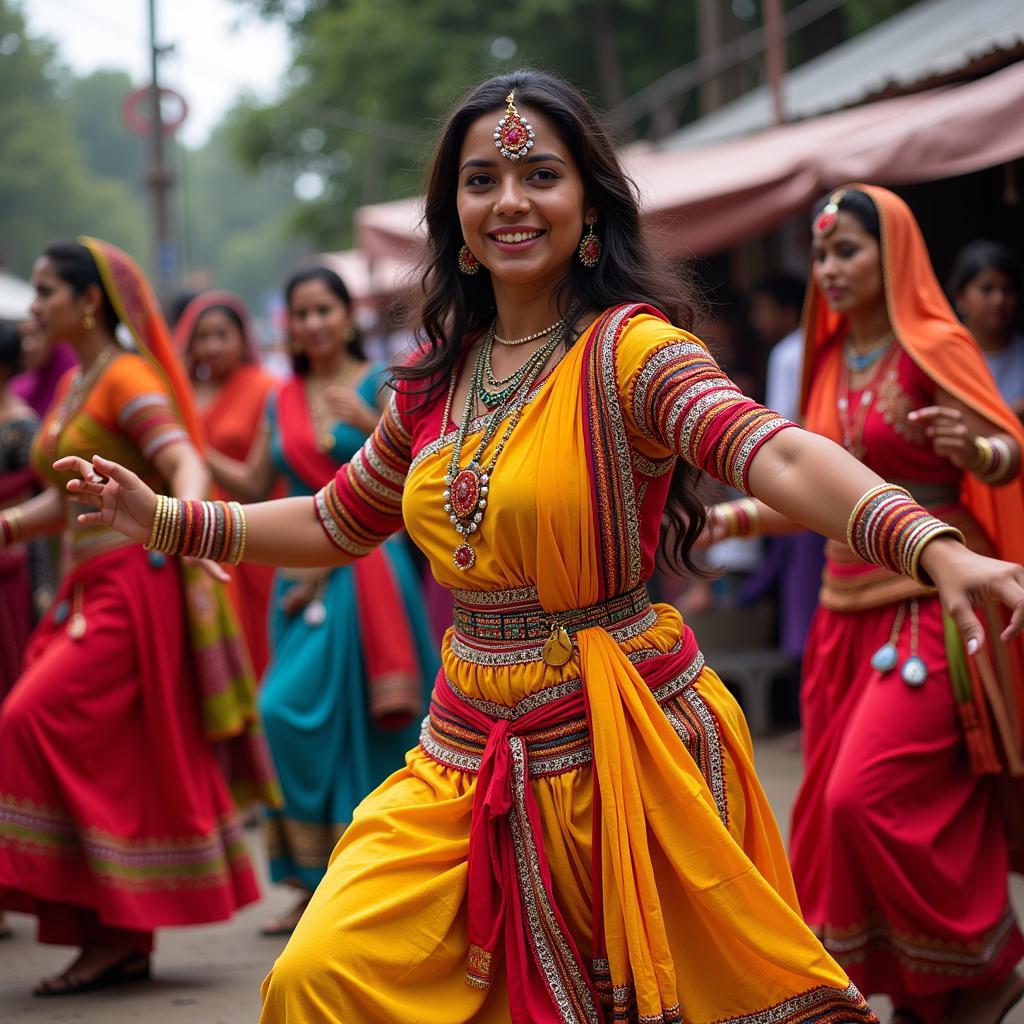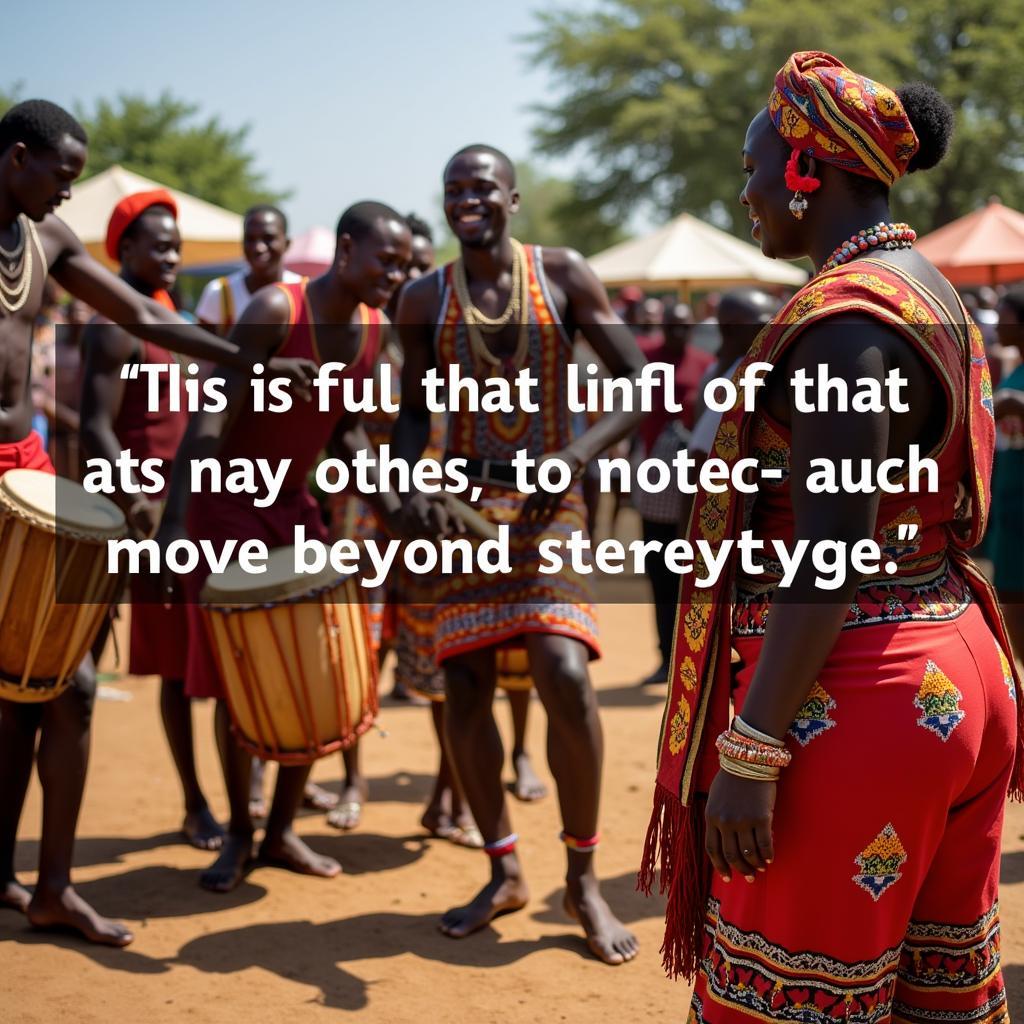Unveiling the African Habshi Siddhis: A Journey Through History and Culture
The African Habshi Siddhis, a unique community with roots tracing back to the East African coast, represent a vibrant tapestry of African and Indian cultures. Their story is one of resilience, adaptation, and the preservation of unique traditions, offering a fascinating glimpse into the interconnectedness of the African diaspora.
Who are the African Habshi Siddhis?
The term “Habshi” historically referred to people of East African descent, particularly those from the Horn of Africa. “Siddi” meanwhile, is derived from the Arabic word “Sayyid,” meaning “master” or “lord,” often used as a title of respect. The Habshi Siddhis, therefore, are descendants of East Africans who arrived in India over centuries, through various routes – as traders, sailors, soldiers, or even slaves. Their presence in India dates back to the 7th century, creating a unique cultural blend that has persisted through time.
The Rich Tapestry of Habshi Siddhi Culture
Habshi Siddhi culture is a fascinating fusion of African and Indian influences. Their music, often characterized by rhythmic drumming and energetic dances, reflects their East African heritage, while their cuisine incorporates Indian spices and flavors. This cultural amalgamation is also evident in their language, which blends elements of Bantu languages with Marathi, Gujarati, and Konkani, depending on the region they settled in. Religious practices within the community vary, with some adhering to Islam, others to Hinduism, and some practicing a syncretic blend of both. This cultural fluidity speaks to the adaptability and resilience of the Habshi Siddhi people.
Tracing the Historical Journey of the Habshi Siddhis
The Habshi Siddhis’ arrival in India occurred in waves, spanning centuries. Some arrived as traders and merchants, establishing thriving communities along the coastal regions. Others served as soldiers and bodyguards, rising to prominent positions within various Indian kingdoms. Unfortunately, a significant portion of the Habshi Siddhi population also arrived as enslaved people, forced into servitude. Despite these diverse circumstances, they established roots in India, forging communities and preserving aspects of their African heritage.
 Habshi Siddhi Musician Performing
Habshi Siddhi Musician Performing
The Habshi Siddhis Today: Preserving Heritage in Modern India
Today, the Habshi Siddhis are primarily concentrated in the states of Gujarat, Karnataka, and Maharashtra. While they have integrated into Indian society, they have also maintained distinct cultural practices, ensuring the survival of their unique heritage. They continue to celebrate their African roots through music, dance, and storytelling, passing these traditions down through generations. However, they also face challenges, including socio-economic marginalization and the struggle to maintain their cultural identity in a rapidly changing world.
Exploring the Habshi Siddhi Musical Tradition
Music plays a vital role in Habshi Siddhi culture. Their traditional music, known as goma, features rhythmic drumming, chanting, and energetic dances, reflecting their East African origins. The dhamal, a form of devotional music and dance, is another significant cultural expression, often performed during religious festivals. These musical traditions serve as a powerful link to their ancestral past and are a source of community pride.
 Habshi Siddhi Women Performing a Traditional Dance
Habshi Siddhi Women Performing a Traditional Dance
Conclusion: The Enduring Legacy of the African Habshi Siddhis
The African Habshi Siddhis stand as a testament to the enduring legacy of the African diaspora. Their story, woven into the fabric of Indian history and culture, is one of resilience, adaptation, and the preservation of a unique cultural identity. By learning more about the African Habshi Siddhis, we gain a deeper understanding of the complex and fascinating history of cultural exchange and the interconnectedness of our world.
FAQ
-
Where do the Habshi Siddhis live? Primarily in the states of Gujarat, Karnataka, and Maharashtra, India.
-
What language do the Habshi Siddhis speak? They speak a blend of Bantu languages with regional Indian languages like Marathi, Gujarati, and Konkani.
-
What is the meaning of “Habshi”? Historically, it referred to people of East African descent.
-
What is goma? It is a traditional form of Habshi Siddhi music and dance.
-
What are some of the challenges faced by the Habshi Siddhis? Socio-economic marginalization and the preservation of their cultural identity in a changing world.
-
How have the Habshi Siddhis contributed to Indian culture? Through their unique music, dance, and traditions, they have enriched the cultural landscape of India.
-
How can I learn more about the Habshi Siddhis? Research online, visit museums and cultural centers, or even connect with community organizations.
Need further assistance? Contact us 24/7 at: Phone: +255768904061, Email: kaka.mag@gmail.com Or visit us at: Mbarali DC Mawindi, Kangaga, Tanzania.



